I'm trying to optimize a sort for an isometric renderer. What is proving tricky is that the comparitor can return "A > B", "A < B", or "the relationship between A and B is ambiguous." All of the standard sorting algorithms expect that you can compare the values of any two objects, but I cannot do that here. Are there known algorithms that are made for this situation?
For example, there can be a situation where the relationship between A and C is ambiguous, but we know A > B, and B > C. The final list should be A,B,C.
Note also that there may be multiple solutions. If A > B, but C is ambiguous to both A and B, then the answer may be C,A,B or A,B,C.
Edit: I did say it was for sorting in an isometric renderer, but several people asked for more info so here goes. I've got an isometric game and I'm trying to sort the objects. Each object has a rectangular, axis-aligned footprint in the world, which means that they appears as a sort of diamond shapes from the perspective of the camera. Height of the objects is not known, so an object in front of another object is assumed to be capable of occluding the one in the back, and therefore must be drawn after (sorted later in the list than) the one in the back.
I also left off an important consideration, which is that a small number of objects (the avatars) move around.
Edit #2: I finally have enough rep to post pictures! A and B...well, they aren't strictly ambiguous because in each case they have a definite relationship compared to each other. However, that relationship cannot be known by looking at the variables of A and B themselves. Only when we look at C as well can we know what order they go in.
I definitely think topographical sort is the way to go, so I'm considering the question answered, but I'm happy to make clarifications to the question for posterity.
